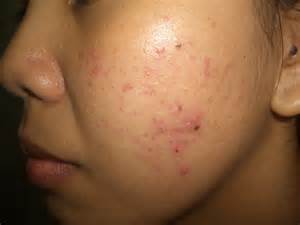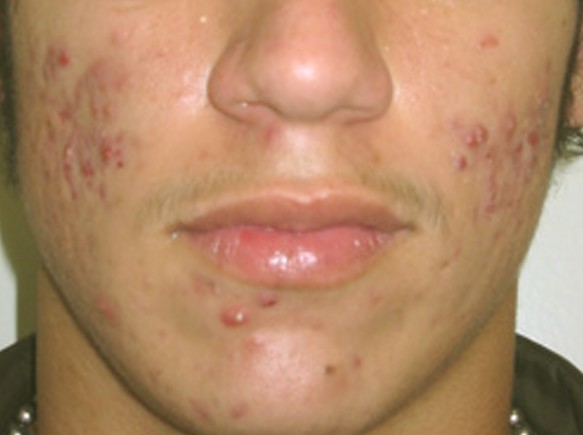Cystic and hormonal acne
The significant distinction between Cystic and hormonal acne And effective ways to treat both common skin problems
As victims of acne will recognize, it's not easy to diagnose or manage within short period of time. Even we do not know when do spots and blemishes become actual acne. In this article I would like to focus on the two types of acne: hormonal and cystic and some of the methods used to control it.
Hormonal Acne
Hormonal acne appears as a direct effects of the body's estrogen, testosterone, and androgen hormone levels. "Such hormones vary naturally throughout a 30-day cycle. When there is a rise of testosterone and reduce in estrogen, the skin reacts by creating more oil. This overproduction of oil builds blockage typically around the mouth, chin and jaw line which in turn creates acne-causing microorganisms." These hormonal breakouts occur in women of all ages, and it didn't stop when we turned 16.
Tips to manage hormonal acne:
1. Use Phytoestrogens
One particular risk-free technique to topically manage such acne is to integrate products with phytoestrogens into your skin care routine. Phytoestrogens are naturally existing, plant-based hormones that carefully treat hormone related acne outbreaks without going into the bloodstream. Phytoestrogens create harmony back to the skin, controlling oil production and getting rid of microorganisms.
2. Use natural and organic products
For your skin care regimen, look for natural and organic products (with phytoestrogens) to make sure the purest active ingredients possible. Extracts of organic red clover and yucca are the two powerful phytoestrogens that give a healthy boost of anti-oxidants and anti-inflammatory advantages too.
3. Balancing Hormone
Due to the particular cause of hormonal pimples, a specified treatment method is required. Commonly used acne products might not work since the cause is systemic, rather than external, as a result it is better to find solutions with hormone balancing ingredients.
Cystic Acne
Cystic acne may be associated with hormonal changes, but can also be triggered by genes, humidity, and pore-clogging beauty product, cleansers, and creams. This kind of acne develops when acne bacteria irritates underneath the skin's surface, resulting in the rupture of nearby hair roots. This produces a chain reaction in the skin, causing more inflammatory reaction, spreading of much more acne bacteria and more outbreaks.
Tips for the treatment of cystic acne
1. Probiotic skin care
Help to adjust the body by applying probiotic into your regimen. Find facial cleansers, masques, and moisturizer which contain probiotic. Applying these kinds of probiotic skin care products will control bacteria levels at and below the skin's surface. Another level of defense is by taking probiotic internally to help manage microbial levels throughout the body.
2. Be on the sun
Spend a couple of minutes in the sun every day, provided that you're using a non-comedogenic SPF, such as an organic mineral powder. The sun's UV light helps get rid of bacteria.
3. Cold water
Clean your face with cold water. The cold water helps to soothe redness and inflammation.
4. Routine exfoliation
Carefully scrub every other day with a rice-based powder exfoliant. This physical peeling helps to brush away bacteria without over drying the skin.
Home › Acne Treatment › Cystic and hormonal acne treatment
Tags
cystic acne, acne causing bacteria, topical treatment, natural remedies, Cystic
acne,
Irresistible Acne Remedies. This free newsletter is delivered monthly, straight to your INBOX. It covers all new pages since the last issue. Sign up here...





New! Comments
Have your say about what you just read! Leave me a comment in the box below.